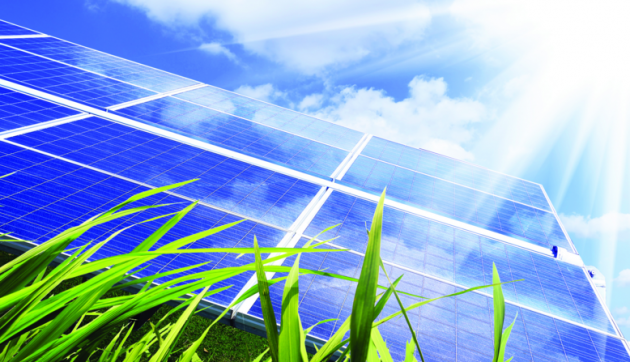Approximately 81 million buildings exist in the United States. Most of these use energy inefficiently. They generate large amounts of waste during construction and operation. They spew pollution and greenhouse gases into the environment. They are not environmentally sound and were built with little consideration for ecological systems. Thankfully, new structures that are built have to meet higher standards. “Green” building is helping to lead the way.
The green movement is the cousin of the sustainability movement. Sustainable or green building means working within the means of natural ecosystems without causing harm to others or jeopardizing future needs. Environmental impact is reduced and renewable resources are cultivated. The earth can no longer provide the abundance of non-renewable resources to meet the ever-growing building needs of mankind.
Green building uses alternative energy sources, materials and techniques to lessen the impact on the environment. It has been around for over 100 years but was forgotten for a long time during the mid-20thcentury. Green building resurfaced in the 1980’s after the energy crisis of the 1970’s. Increasing oil prices forced builders to construct buildings that required less energy. Green building was rediscovered.
Building Green
- Building green promotes the use of renewable energy reducing dependency on fossil fuels and other finite fuel sources. Examples are solar and wind energy.
- Sustainable building materials are renewable resources that grow and reproduce naturally. Sustainable resources replace the use of non-renewable resources that are finite. Examples are wood, plant matter and wool.
- One common way to build green is by using recycled materials. Two main categories exist; post-industrial and post-consumer materials. The first is waste from manufacturing processes and the second is waste from consumer goods.
Green building uses energy more efficiently and leaves a smaller carbon footprint. It conserves resources in all stages of planning, design, construction and operation. Efficient land use and preservation of resources is another hallmark of green building. Waste is inevitable but green building produces less waste. Green waste is also less harmful to the environment.
LEEDing the Way
Green building methods contribute to LEED* credits which helps to earn LEED* certification. LEED* is an acronym for Leadership in Energy and Environmental Design which is a rating system for design, construction, operations and maintaining green building standards. LEED* certification promotes environmentally responsible practices and the efficient use of resource. LEED certification verifies buildings meet standards.
Green building can be more expensive in the short-run. Savings are realized through lower energy costs and reduced operating costs in the long-run. All Jersey Mechanical & Construction is here to meet your home and business green construction and maintenance needs. We offer a full-service portfolio of heating, air conditioning, plumbing, electrical, renovation, construction, maintenance, Energy Management Systems (EMS), generators and installation services in the eastern New Jersey area. We are located at 77 Cliffwood Avenue, Suite 4C in Cliffwood, New Jersey. We can be reached by phone at 732-583-1204 or by email at info@alljerseysystems.com. Do not hesitate to reach out to us to get your project planning underway.






